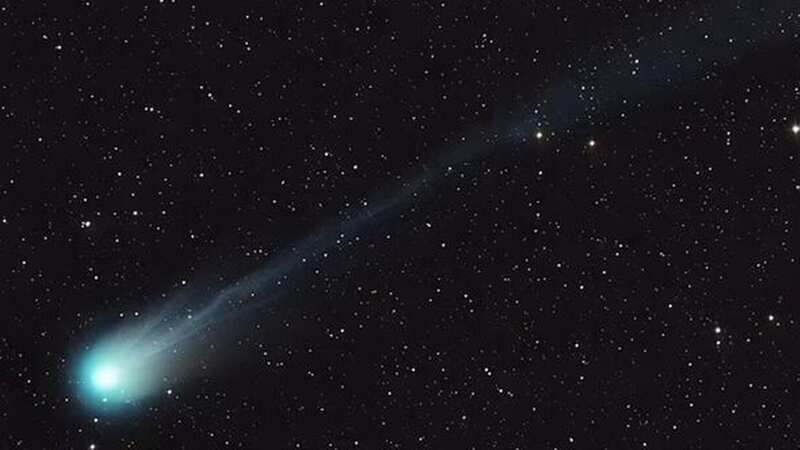Comet larger than Mount Everest to blaze through sky in rare cosmic event

A comet bigger than Mount Everest is going to light up the sky in a once-in-a-lifetime astronomical event when it can be seen without a telescope.
This comet is called Comet 12P/PonsBrooks, and some have likened it to the Millennium Falcon from Star Wars because of its "horns." To find this comet, look for the Great Square of Pegasus in the west. That's four bright stars making a big square.
The comet will be making a V-shape with them, reports the Express US. The comet only comes around once every 71 years and it will be closest to the sun on April 21 and nearest to Earth on June 2.
READ MORE: Marks & Spencer is selling Kate Middleton's 'stylish and comfortable' Superga trainers
 The comet will be flung to the outer solar system after becoming visible. ((Image: Wikimedia Commons))
The comet will be flung to the outer solar system after becoming visible. ((Image: Wikimedia Commons))Jessica Lee, at the Royal Observatory Greenwich, says the end of March is the best time to spot it if you're in the northern part of the world. It'll look like a fuzzy snowball that's not quite round.
 Green comet last seen by Neanderthals 50,000 years ago is now visible from Earth
Green comet last seen by Neanderthals 50,000 years ago is now visible from Earth
She told the MailOnline: "It's predicted that this comet will reach maximum brightness for viewers in the northern hemisphere in late March. In late March the comet will be in the constellation of Aries, which is in the western sky just after sunset. Ideally you should go somewhere with a clear view of the horizon in the west, and pick a night with clear skies."
The comet will be visible without a telescope as a faint star-like blob with a hazy tail. Professor Paul Strom, an astrophysicist at the University of Warwick, said: "Right now, one of the brightest known periodic comets is on its way in towards the sun.
"It is a big comet too with a size comparable to that of Mount Everest. The comet is expected to reach a magnitude of 4.5 which means it ought to be visible form a dark location in the UK."
Amateur astronomer Eliot Herman in Arizona has reported that the comet burst into action on October 31 - this was the second big show in a month and the third since July.
After the comet comes quite close to Earth, it won't be back until 2095 because it's going to be pushed by gravity all the way out to the far parts of our solar system.
Read more similar news:
Comments:
comments powered by Disqus

































